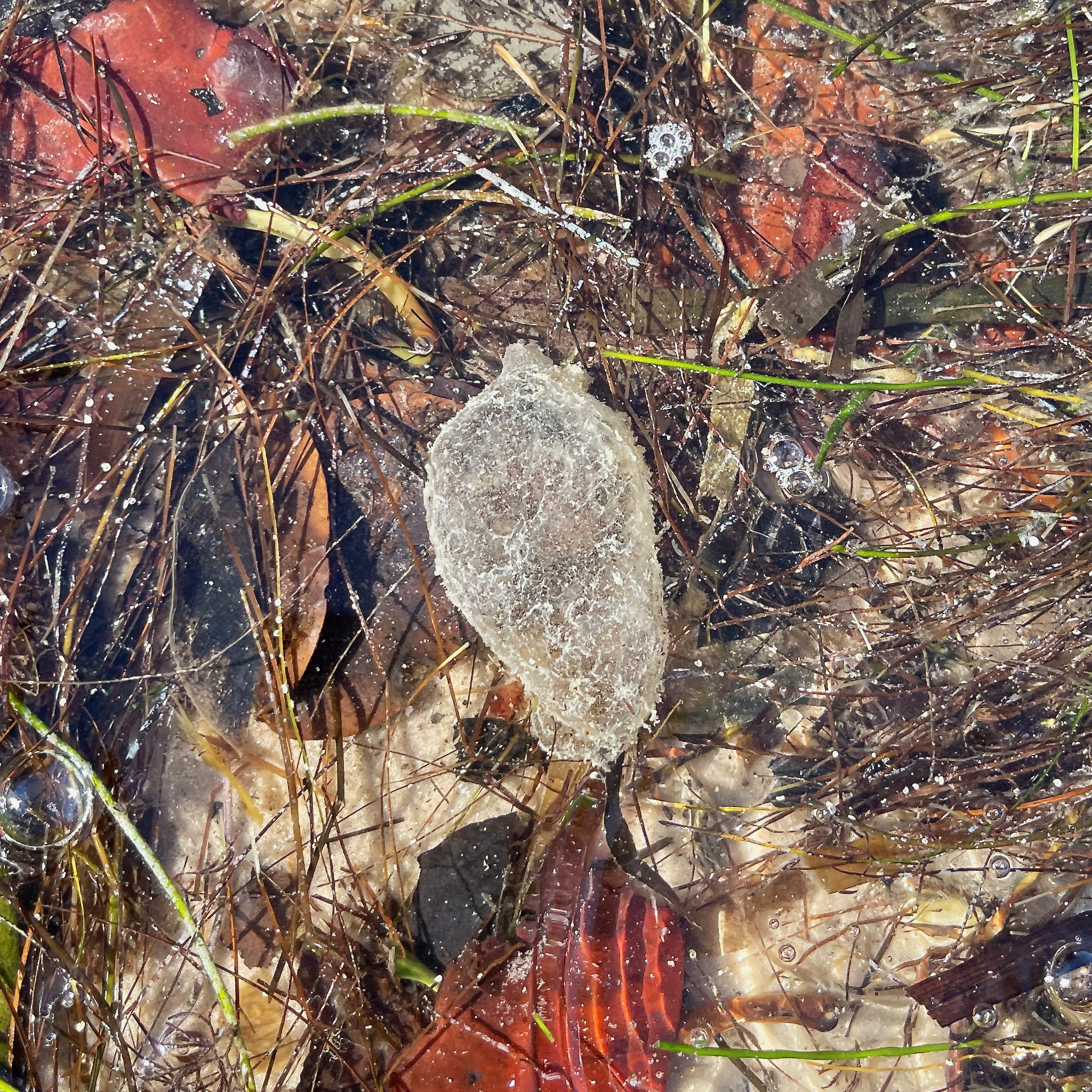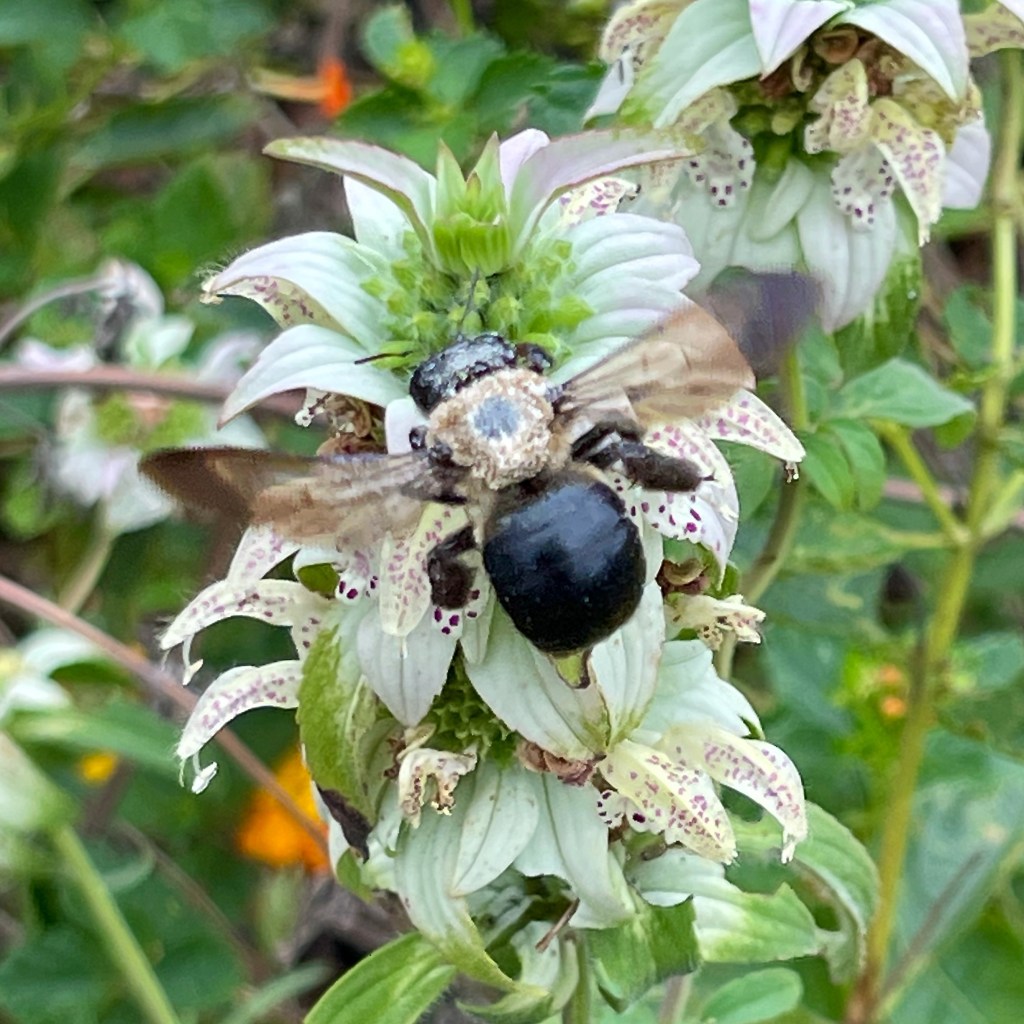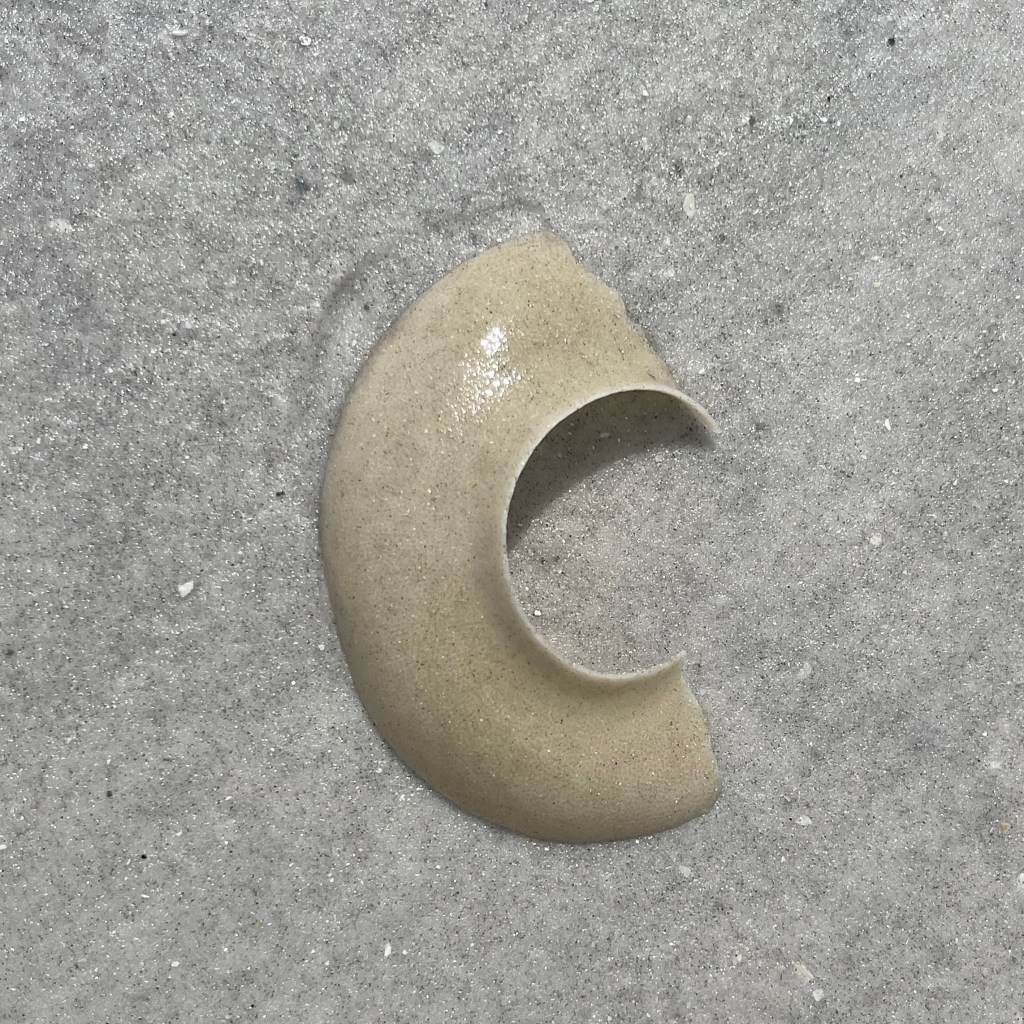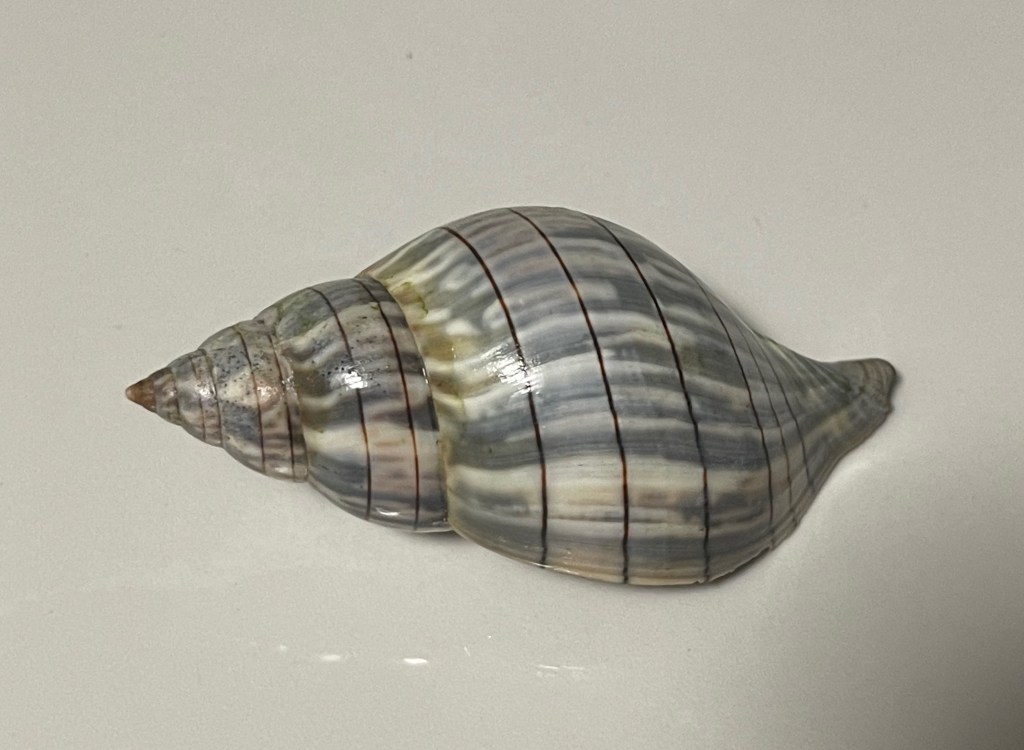I had a plethora of things on my to-do list yesterday but instead I spent the entire day exploring Fort DeSoto Park. My 9am arrival coincided with low tide which, combined with the recent full moon, meant there was a lot of exposed sand.
Which in turn led to some fun finds; Small Spine Sea Stars (Echinaster spinulosus ), Atlantic Purple Sea Urchins (Arbacia punctulata ), Keyhole Sand Dollars (Mellita tenuis ), Atlantic Horseshoe Crab molts (Limulus polyphemus ), a Giant Red Hermit Crab (Petrochirus diogenes ) occupying a Horse Conch (Triplofusus giganteus ), and a vibrant crimson sea pork (the most colorful one I’ve yet seen).
This was my first visit to the park in awhile, the gulf waters around the park had suffered a late-in-the-year outbreak of red tide last month. Thankfully, that seems to have subsided, though the evidence remains.
The swashline was littered with fish carcasses, I didn’t spend much time up there (though I was excited to find the mouth plate of a drum fish). You can imagine the stench (thank goodness for the strong breeze). A large flock of Turkey Vultures (nature’s cleanup crew) was on hand, happily dealing with the mess.
My friend Alyssa joined me about noon and we spent the early part of the afternoon wandering the bayside of the park. The calm waters surprised us with several large Lightning Whelks (Sinistrofulgur perversum ) and some juvenile Horseshoe Crabs.
They were the smallest I’ve ever seen and one had a translucent shell, which meant it had recently molted (an indicator that the eating is good in that area since they molt as they grow). Though once prolific in this area it is now a species of concern in the state. I reported our sightings to the Florida Fish and Wildlife Conservation Commission to help with their monitoring efforts.
Afterward we took our chairs to the beach to enjoy the last of the daylight, what a spectacular day!





























